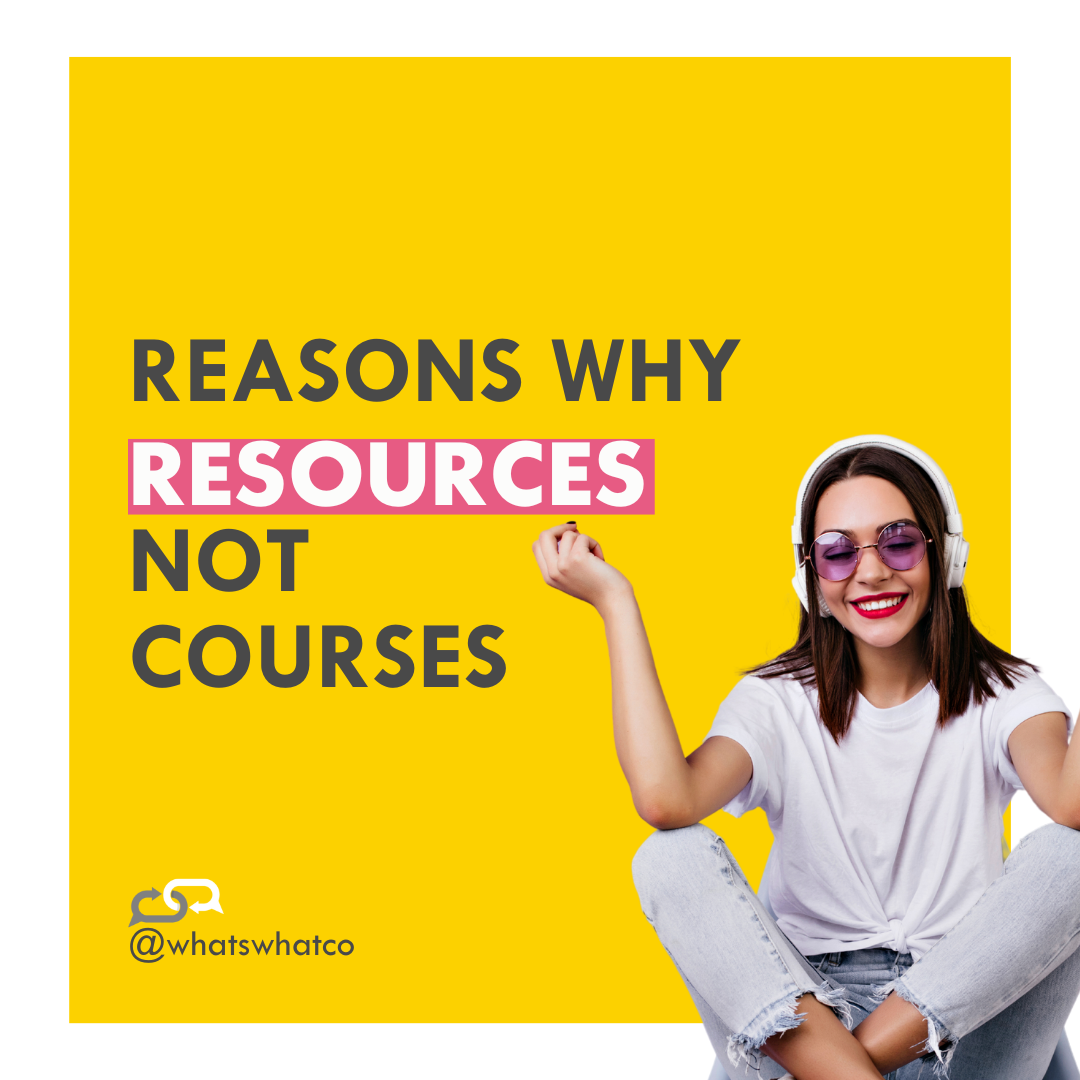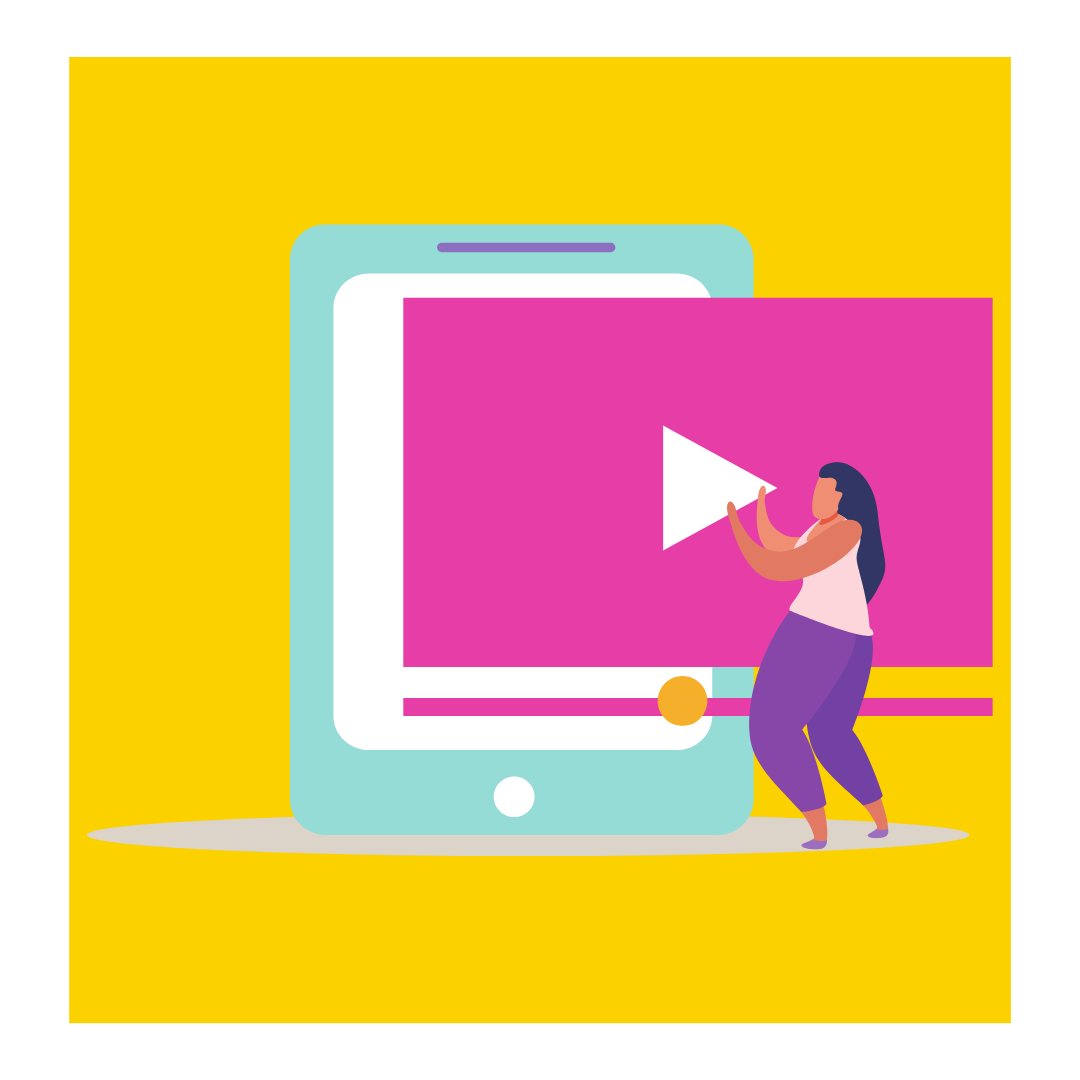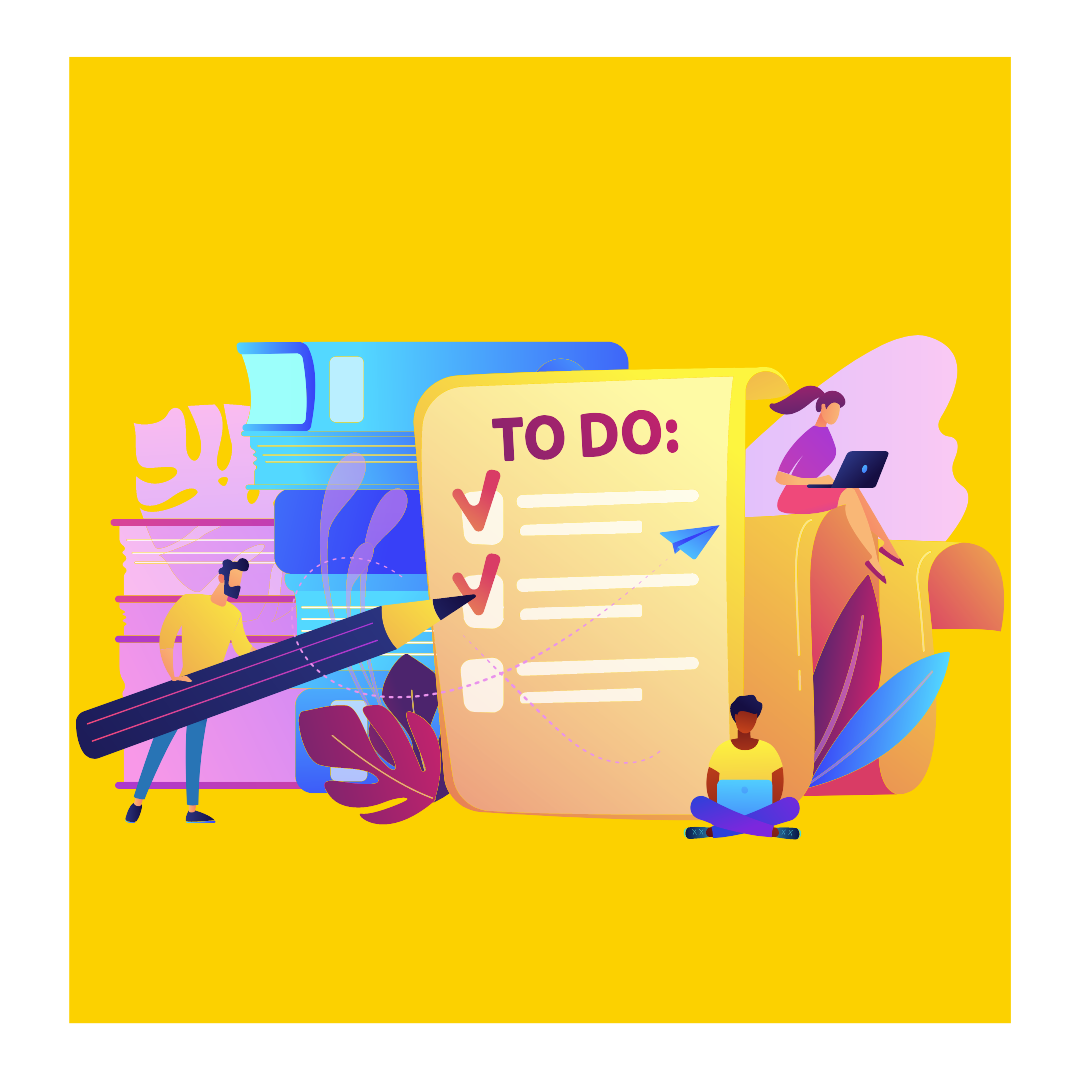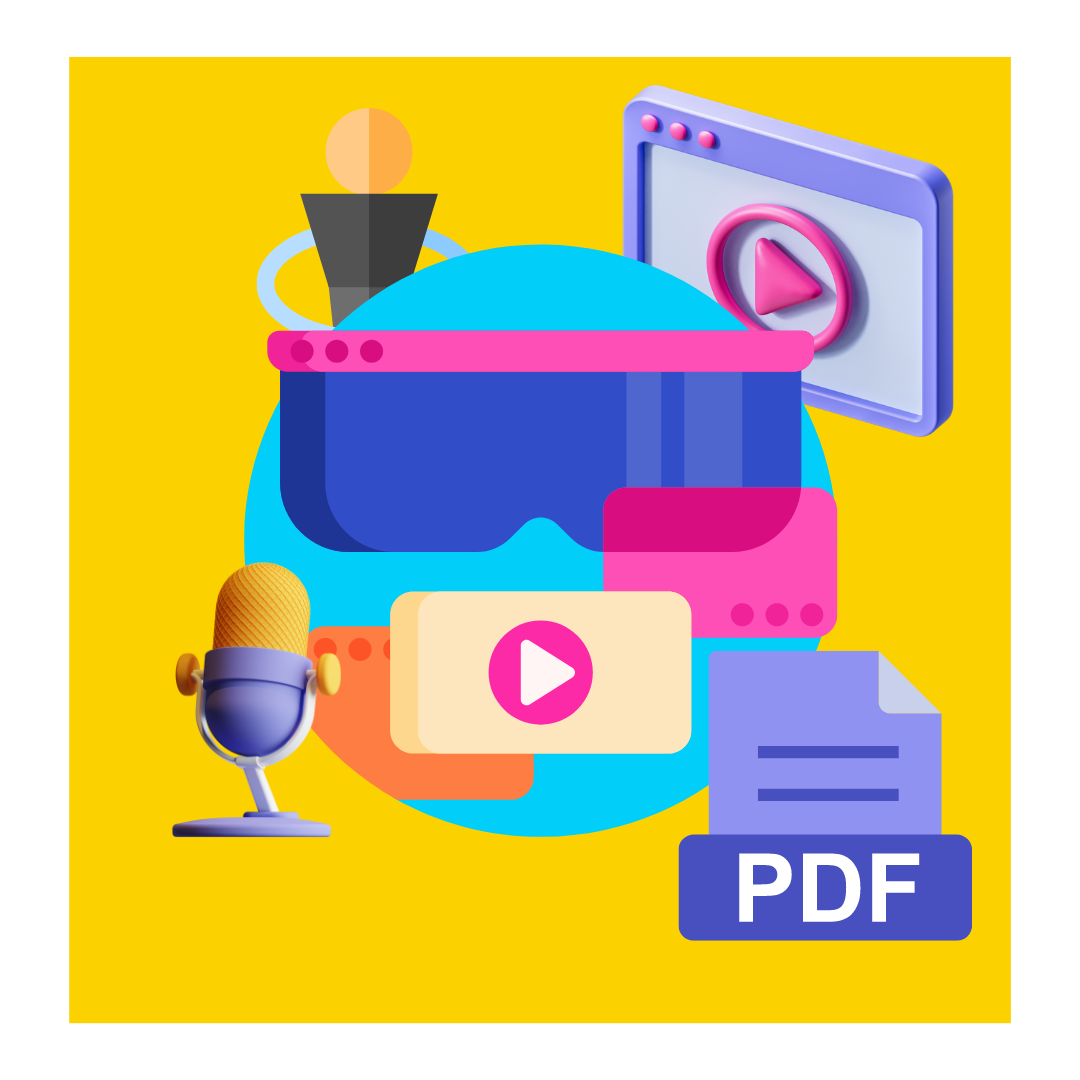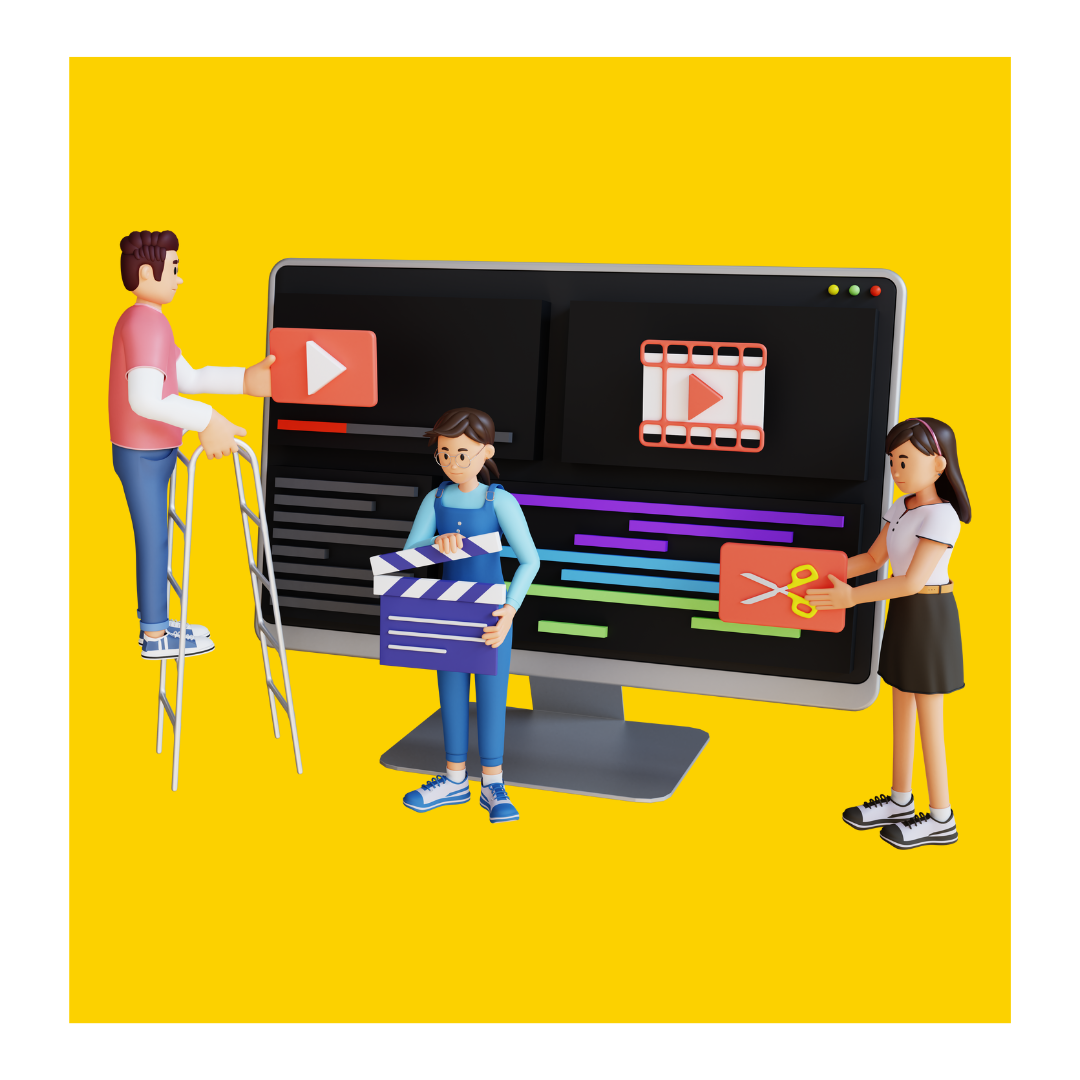Resources Not Courses!
Wouldn't it be fantastic if you could optimize employee training without the lengthy process of designing and developing courses? Traditional training methods can be time-consuming, costly, and offer limited accessibility. Thankfully, numerous resources are now available to deliver efficient learning and development for your team.
Why building a ecosystem of resources is more relevant than a library of courses?
The modern learner is used to having their information on demand. They want solutions now and prefer to find the information themselves. Provide them the information or they will find it elsewhere and that's not going to keep your organization's goals on track.
Provide the answers on demand!
Create a knowledge base that is easily searchable and up to date. This will give the modern learner quick access to answers, freeing them up from waiting for a response from you or even searching elsewhere.
What is the difference between resources and courses?
When it comes to learning, the terms "resources" and "courses" are often used interchangeably, but they actually refer to two different things.
Resources are any tools, materials, or information that can support learning, such as textbooks, articles, videos, or online platforms. On the other hand, courses are structured programs of learning, typically offered by schools or training centers, that have a set curriculum, schedule, and assessment system. While both resources and courses can be useful for learning, they serve different purposes and should be chosen based on your individual learning goals and preferences. Whether you prefer self-paced exploration or guided instruction, understanding the difference between resources and courses can help you make the most of your learning journey.
The benefits of resources for modern learners.
In today's digital age, resources are more accessible than ever before, offering modern learners countless benefits.
With just a few clicks, students can access resources that enhance their education experience, including online learning communities, digital textbooks, podcasts and educational videos. These resources allow learners to study at their own pace, learn from a wide range of materials, and access information from anywhere in the world. Furthermore, resources can be tailored to individual learning styles, providing students with a customized learning experience that meets their specific needs. The use of resources has revolutionized the way people learn, offering unparalleled flexibility and convenience that has transformed education for modern learners.
Popular resource formats and how to use them.
With the rise of online learning, more and more people are turning to online resources such as PDFs, video tutorials, podcasts, online forums and other informational materials to acquire knowledge on different topics.
This is creating an interesting dynamic between conventional classroom-based courses and these digital resources. While traditional instruction may offer an immersive educational experience, many learners find that they can get the same—or even better—results by utilizing available digital resources. With their flexibility and often wide range of topics, online resources give learners control over their learning journey while still providing them with enough guidance to understand a concept or task. From self-starters taking the initiative to learn something new to those looking for expert advice on a specific topic, it's easy to see why online resources are becoming increasingly popular in lieu of courses..
Strategies for keeping resources up-to-date.
In today's fast-paced world, it's crucial for businesses to keep their resources up-to-date.
But, with the constant influx of new information and technology, it can be overwhelming. That's why having a solid strategy in place can help you stay on top of your game. One useful tactic is to invest in continuous learning and development for your employees. Encouraging them to attend trainings, conferences, and seminars can not only benefit your company, but also boost employee morale and retention. Another effective approach is to utilize technological tools like automated systems, which can streamline processes and provide real-time updates. By implementing these strategies, you can ensure that your resources are always current and relevant to your business operations, leading to increased productivity and success.
Examples of successful resources-based learning initiatives.
Resources-based learning initiatives have become increasingly popular in recent years, with educators recognizing the value of hands-on, experiential learning.
Examples of successful resources-based learning initiatives abound, from outdoor education programs that allow students to explore and learn about their natural surroundings, to technology-driven initiatives incorporating virtual reality, short form video, online communities and podcasts. These initiatives provide students with valuable skills such as problem-solving, critical thinking, and collaborative decision-making, which are essential for success in today's rapidly evolving world. When implemented effectively as part of a comprehensive curriculum featuring different resource types, these learning initiatives can have a transformative impact on students' academic and personal growth-- providing them with a dynamic and engaging learning experience that can inspire a lifelong love of learning.
How to get started with creating your own resources.
It can be daunting to begin a project without guidance, but fear not!
First, consider your audience and what type of resource would be most useful to them - whether it's creating something in-house, utilizing user-generated content (UGC), or enlisting the help of learning consultants. Next, gather research and compile your information into a cohesive outline. From there, you can start creating your resource using a variety of tools such as design software, video editing software, or even just a simple word processor. Don't be afraid to experiment and try new things - with the right combination of content creation techniques and informative material, you can easily create an engaging resource that is both informative and enjoyable. With a little bit of effort and creativity, you can create a resource that is both educational and entertaining.
With the ever-changing nature of modern learning requirements, creating resources should be the main focus to ensure learners are equipped with up-to-date and flexible materials. Resources across podcasts, videos, books, and blogs provide learners with multiple ways to stay sharp - each effective based on the learner’s preferred learning style. To make sure learners are always benefitting from the best possible content, resource libraries and initiatives should be regularly audited to keep them fresh and relevant. It can take a while to create an effective resource library but getting started with your own resources is far simpler. After all, providing our learners with quality learning experiences should be any organisation’s main priority. Let's work together to create a safe, reliable learning environment that leverages these principles and provides the best possible conditions for continued growth and development of modern learners everywhere!

